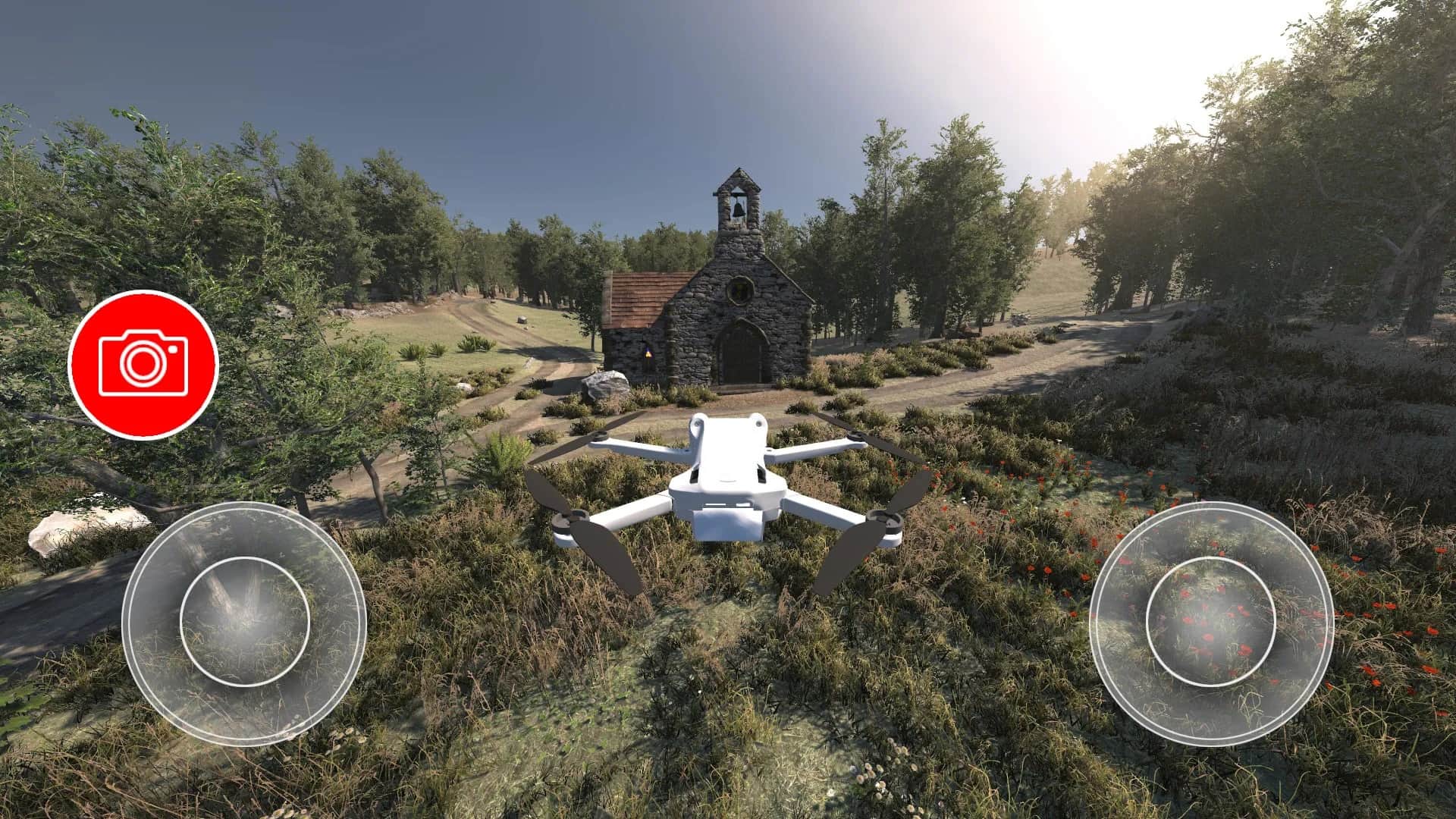
Wildlife rehabilitation is a fascinating and rewarding field that focuses on providing care and support to injured or orphaned wild animals, with the ultimate goal of releasing them back into their natural habitat. It is a vital aspect of wildlife conservation and plays a significant role in preserving biodiversity and ensuring the well-being of our planet.
While many people are aware of the concept of wildlife rehabilitation, there are several mind-blowing facts that might surprise you. From the sheer number of animals helped each year to the incredible success rates of rehabilitation programs, the world of wildlife rehabilitation is full of intriguing and awe-inspiring information.
In this article, we will delve into 13 mind-blowing facts about wildlife rehabilitation that will give you a deeper appreciation for the dedication and hard work of those involved in this noble endeavor. So, get ready to be amazed by the remarkable feats achieved by wildlife rehabilitators and the extraordinary stories of the animals they have rescued and rehabilitated.
Key Takeaways:
- Wildlife rehabilitation helps injured animals return to their homes, preserving biodiversity and the delicate balance of ecosystems.
- Volunteers play a crucial role in wildlife rehabilitation, contributing to the well-being and conservation of wildlife while gaining a rewarding experience.
Wildlife rehabilitation preserves biodiversity.
Wildlife rehabilitation plays a crucial role in preserving biodiversity by providing care and treatment to injured, orphaned, or sick animals, allowing them to be reintroduced into their natural habitats.
The goal of wildlife rehabilitation is to release animals back into the wild.
Unlike zoos or sanctuaries, wildlife rehabilitation centers focus on providing temporary care and medical treatment to animals with the ultimate goal of releasing them back into their natural environments.
It requires specialized knowledge and expertise.
Wildlife rehabilitation involves a combination of veterinary skills, biology knowledge, and experience in handling and caring for wild animals. Rehabilitators must be well-trained and licensed to ensure the animals receive the best possible care.
It involves a variety of species.
Wildlife rehabilitation encompasses a wide range of species, including birds, mammals, reptiles, and amphibians. Rehabilitators must be knowledgeable about the specific needs and behaviors of each species they work with.
Rehabilitation facilities often rely on donations and volunteers.
Many wildlife rehabilitation centers operate on limited budgets and rely heavily on donations and the support of dedicated volunteers to provide care and resources for the animals in their care.
It follows ethical guidelines.
Wildlife rehabilitation practices are guided by a set of ethical principles that prioritize the welfare and well-being of the animals. This includes providing appropriate medical treatment, proper nutrition, and a suitable environment for their recovery.
Rehabilitation can take months or even years.
The length of time needed for rehabilitation varies depending on the species and the nature of the injuries or conditions. Some animals may require a few weeks of care, while others may need several months or even years before they are ready for release.
Education is an important component of wildlife rehabilitation.
Wildlife rehabilitation centers often provide educational programs and outreach initiatives to raise awareness about wildlife conservation, habitat preservation, and ways to prevent injuries to animals.
Rehabilitation success rates vary.
The success of wildlife rehabilitation largely depends on the severity of the injuries or illnesses, the species being treated, and the availability of suitable release sites. While some cases have high success rates, others may be more challenging.
It involves collaboration with other conservation organizations.
Wildlife rehabilitation centers often work closely with other conservation organizations, such as animal sanctuaries, wildlife rescue groups, and government agencies, to ensure the best possible outcomes for the animals in their care.
It provides opportunities for scientific research.
Wildlife rehabilitation facilities often collaborate with researchers and scientists to study various aspects of animal behavior, rehabilitation methods, and the impact of human activities on wildlife populations.
Volunteer opportunities are available for individuals passionate about wildlife.
If you have a passion for wildlife and want to make a difference, consider volunteering at a wildlife rehabilitation center. It’s a rewarding experience that allows you to contribute to the well-being and conservation of wildlife.
Wildlife rehabilitation is a crucial component of environmental conservation efforts.
By helping injured and orphaned animals recover and return to their natural habitats, wildlife rehabilitation plays a vital role in ensuring the long-term survival of various species and maintaining the delicate balance of ecosystems.
Conclusion:
These 13 mind-blowing facts about wildlife rehabilitation highlight the importance of this essential practice in preserving biodiversity, educating the public, and contributing to the well-being of our natural world. Through the dedication of rehabilitators, volunteers, and supporters, we can continue to make a difference and protect the magnificent wildlife we share our planet with.
Conclusion
In conclusion, wildlife rehabilitation is a fascinating field that plays a vital role in preserving and protecting our planet’s diverse wildlife. Through the efforts of dedicated professionals and volunteers, injured and orphaned animals are given a second chance at life. The 13 mind-blowing facts about wildlife rehabilitation highlighted in this article only scratch the surface of the incredible work being done in this field. From the meticulous care provided to each animal to the inspiring stories of successful releases back into the wild, wildlife rehabilitation is a shining example of humanity’s compassion and commitment to coexist with the natural world. By raising awareness and supporting wildlife rehabilitation efforts, we can all contribute to the conservation of these magnificent creatures and help maintain the delicate balance of our ecosystems for generations to come.
FAQs
1. What is wildlife rehabilitation?
Wildlife rehabilitation refers to the process of providing care, medical treatment, and support to injured, sick, or orphaned wild animals with the goal of releasing them back into their natural habitats.
2. How do wildlife rehabilitators care for injured animals?
Wildlife rehabilitators provide various forms of care, including medical treatment, pain management, nutrition, and physical therapy. They create a safe and stress-free environment for the animals to heal and help them develop the skills necessary for their survival in the wild.
3. Are all animals eligible for wildlife rehabilitation?
No, not all animals are eligible for wildlife rehabilitation. Each wildlife rehabilitation center has specific guidelines and regulations regarding the species and conditions they can accept. Some centers may specialize in certain types of animals, while others may focus on native wildlife only.
4. Can I become a wildlife rehabilitator?
Yes, becoming a wildlife rehabilitator is possible with proper training, education, and experience. It usually involves obtaining permits, licenses, and certifications, as well as gaining hands-on experience under the guidance of experienced rehabilitators.
5. How can I support wildlife rehabilitation efforts?
You can support wildlife rehabilitation efforts by volunteering your time, donating money or supplies, raising awareness through social media, and advocating for the protection of wildlife habitats. Contact your local wildlife rehabilitation center to learn more about how you can get involved.
Wildlife rehabilitation plays a vital role in protecting our planet's biodiversity, but it's just one aspect of the larger conservation effort. If you're passionate about helping animals in need, read about the incredible work being done by race for rescues organizations. Curious about the plight of endangered species? We've got you covered with astonishing facts that will leave you in awe of these magnificent creatures. Finally, discover how conservation initiatives are making a difference in preserving our natural world for generations to come.
Was this page helpful?
Our commitment to delivering trustworthy and engaging content is at the heart of what we do. Each fact on our site is contributed by real users like you, bringing a wealth of diverse insights and information. To ensure the highest standards of accuracy and reliability, our dedicated editors meticulously review each submission. This process guarantees that the facts we share are not only fascinating but also credible. Trust in our commitment to quality and authenticity as you explore and learn with us.


